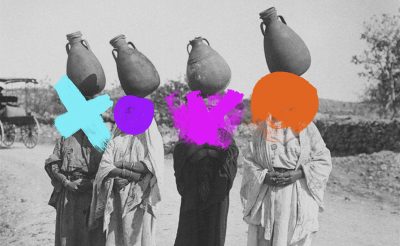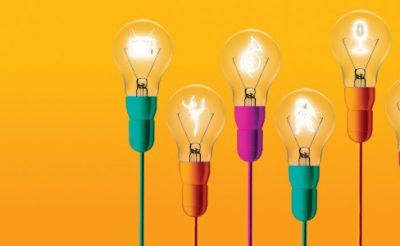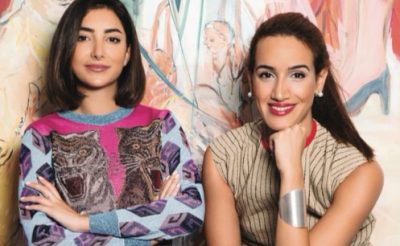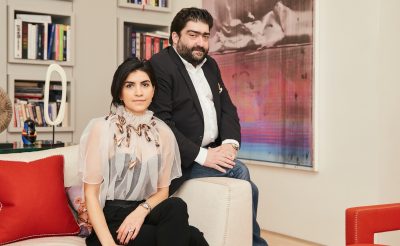There’s a prevailing myth that creative works in the Middle East are dominated by themes of politics, violence and religion. MOJEH uncovers the truth about the region’s innovative and thriving art scene.
Coined in the West, the term ‘Middle East’ is a cartographic convenience, and in the international art world, it’s often used as a promotional hook. It reduces complex cultures and varied populations into a containable mass of noise and peoples, while simultaneously packing diversity for easy sale. Subsequently, over the past decade, artwork from the region has skyrocketed in popularity, and its creators have gained unprecedented recognition on the global art stage. But, more often than not, their creations are hidden behind an ambiguous title. Something along the lines of: ‘Art inspired the Arab World.’ It’s difficult to resist the urge to wince at these generalisations. After decades of fine-tuning postcolonial concerns about lumping disparate populations together, are we unwittingly pandering to antiquated stereotypes?
It’s not uncommon for artists from the Middle East to be showcased together. International exhibits frequently curate artists from Egypt, Jordan, Kuwait, Saudi Arabia, Syria, Morocco, Lebanon and Iraq; crudely clumping them together in a simplified, all-inclusive façade. This, in addition to years of political instability that has devastated much of the region, has caused an assumption, and oftentimes expectation, in regard to Middle Eastern art. An assumption that good quality artwork’s motivated by politics, violence and religion. “What I find interesting is that we speak about the Middle East in a very general sense,” says Nikki Meftah, co-founder of Dubai’s beloved online gallery, Emergeast. A first for the region, the digital platform promotes artwork produced by burgeoning Middle Eastern creatives.
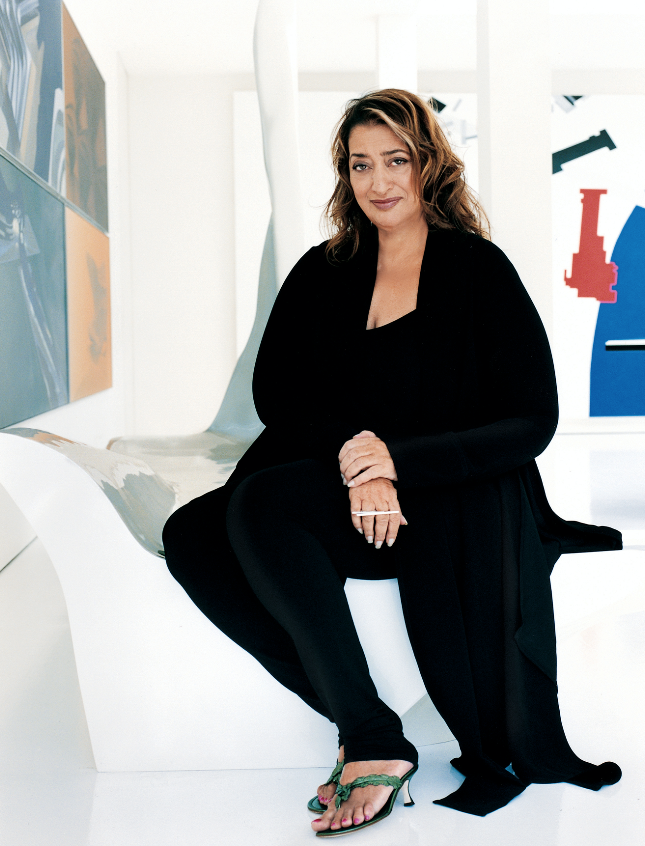
World-renowned architect Zaha Hadid, photographed by Alberto Heras
After all, numerous creatives have emerged from the region, hell-bent on breaking boundaries. Zaha Hadid, for example, founder of Zaha Hadid Architects, was awarded the Pritzker Architecture Prize in 2004 and is known for her exploration of urbanism, architecture and design. Born in Baghdad in 1950, Hadid’s pioneering vision captured imaginations across the globe, and is a far cry from the forlorn preconceived notions of regional art. Ashkan Baghestani, Sotheby’s Arab and Iranian art specialist and head of sales, says of the stereotypes: “I don’t want to say it’s a false judgement, because everyone is entitled to their own perception in the art world about the Middle East, but I think there’s much more to that.”
Despite acknowledging that war and, frequently by association, religion alters societies, as well as that art can serve to initiate political and social change, Dima Abdul Kader, Meftah’s colleague and co-founder, agrees that there’s more to the region’s mastery than its healing capacity. “I feel like in the past, there’s been modern art, especially in the Fifties and Sixties, that was never gory or repressed.” Dubai artist Hassan Sharif, for example, became popular in the Eighties for making small sculptures from scrap materials, displaying them like quirky goods in a haggard market.
So why, then, does an artist’s branding and ethnicity threaten to put a cap on their creative freedom? The region’s art scene has undoubtedly come a long way in recent years. While cities including Cairo and Beirut have a longer creative history – whether that be in cinema, theatre, or design – today it’s the modern metropolises, such as Dubai, Abu Dhabi and Sharjah, that are making extreme efforts to encourage the arts. “The Middle East is such an underdeveloped market,” argues Meftah. “I think in the GCC, we’ve only just taken off and are picking up our art scene.” And the talent emerging from these cities are, says Meftah, breaking the preconceptions that are so often affiliated with this part of the world.
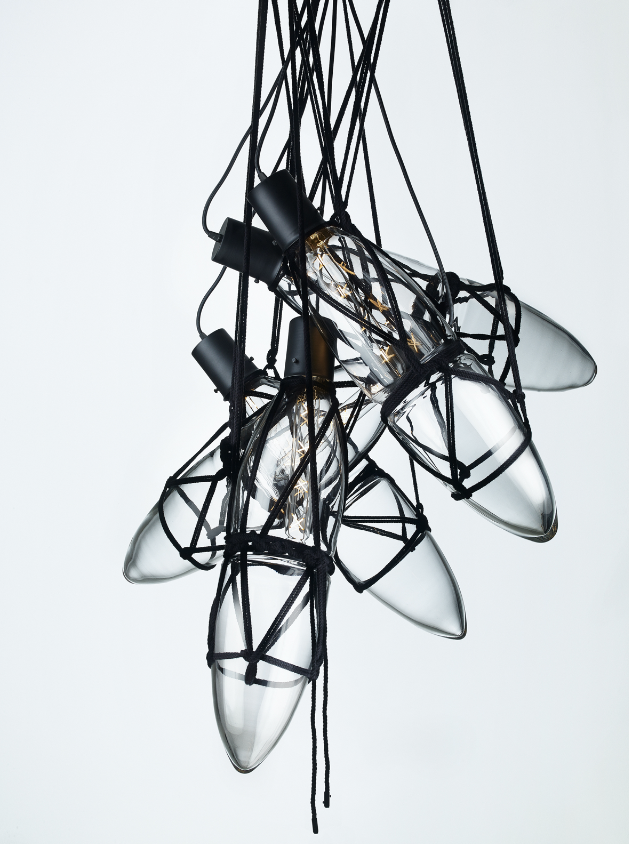
Bomma’s Shibari collection by Kateřina Handlová ties up glass with ropes using a technique the Japanese call Kinbaku
Violence, real or imagined, recurs in many Middle Eastern pieces. Ali Banisadr’s spectacular painting In Medias Res (2015) delves deep into the heart of violence, illustrating only the sublime. He explains: “In Medias Res is a metaphor for the way my paintings are made, the way the story begins with an explosion, in the middle of action and then it slowly unfolds and unveils its content.” Syrian creative Hrair Sarkissian photographed empty plazas in Damascus where, until the revolt against Bashar al-Assad began, criminals were hanged, while a film, entitled Infiltrators (2012), by Khaled Jarrar documents the repeated efforts by Palestinians to breach the wall that defines the border with Israel.
Is this typecasting? And if so, can this hold artists back from producing the kind of work they want? “It’s interesting,” explains Abdul Kader, “because recently we’ve been seeing and experiencing a lot of the breakdown of these preconceptions across the globe.” Bomma, for example, in Dubai Design District, have been developing spectacular glass installations for several years in collaboration with international designers. Referring to the tendency for Middle Eastern artists to be reduced to stereotypes, Baghestani tells MOJEH: “I think there’s much more than just political and socially engaged art. There are many artists who are politically and socially engaged, but with a strong humour and wit, or simply with ubiquity where it’s not, you know, full on in your face.”
But are these pieces reaching the wider community that’s not highly educated about the art world? “There’s definitely a lack of awareness,” says Meftah. “The volatile situation in the Middle East, and the political turmoil, has unfortunately really grabbed the attention of international collectors.”
“It’s captivated an audience,” interjects Abdul Kader, “which has now, in turn, stereotyped the preconceptions that’s been mentioned previously.” If true, this demand might hold artists back from making the kind of work they want, otherwise most of whatever is made won’t get shown. Lujaine Rezk is a designer based in Dubai who has made art accessible, by developing projects that respond to the needs of communities; for example, an architectural structure. Lasvit, meanwhile, a world-renowned and award-winning glass manufacture, created 46 bespoke installations to be featured within Address Boulevard, and has worked with the world’s most innovative brands to design distinctive hotel interiors.
“A lot of artists on Emergeast don’t necessarily, just because they’re Arab or Iranian, focus on a subject matter that’s stereotypically war or religion, or something like that, like oppression,” argues Abdul Kader. “The subject matter has moved on from those things to reflections of our societal patterns and trends.” Baghestani agrees. “I think you have to be careful when you jump to conclusions about the Middle East, just because it’s a difficult region at the moment.”
Christie’s set up a permanent space in Dubai in 2005, and Bonhams did so in 2008, while Sotheby’s established a presence earlier this year. In the Gulf, greater art education and appreciation has led many Arabs to seek out their own heritage and art history, while from an international perspective, the interest is part of an overdue acknowledgement of the art world beyond Europe. In response to the region’s growing interest, Sotheby’s will bring artwork by two iconic Middle Eastern artists to Hong Kong from 3 – 17 November: Lebanese-born modern sculptor Alfred Basbous and Reza Derakshani, one of Iran’s most celebrated living artists.
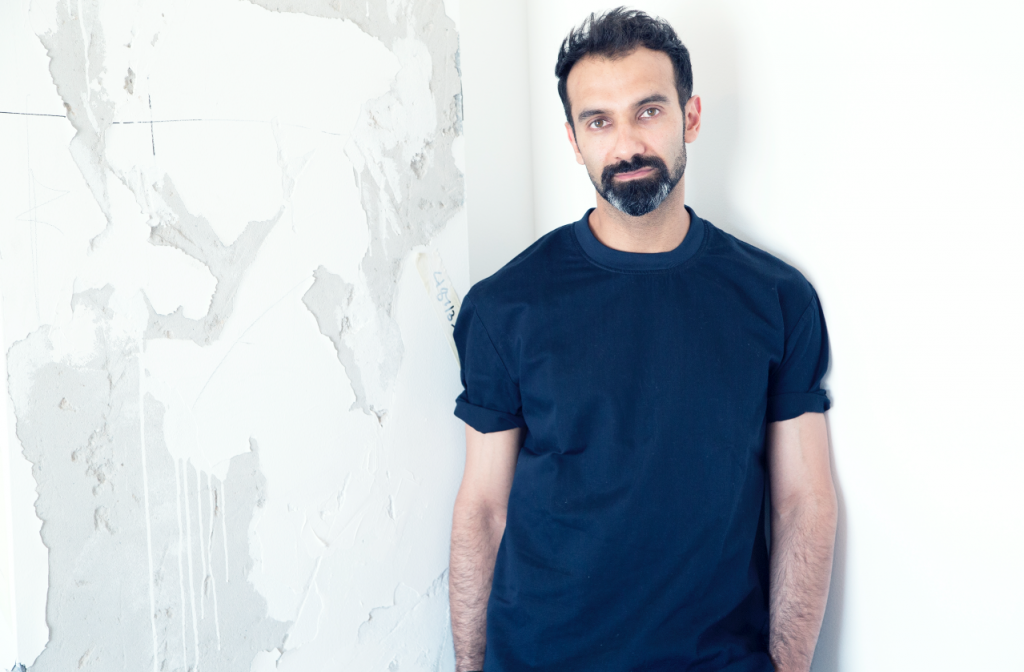
Khalid Shafar’s design aesthetic encompasses his personal expression of form, movement and emotion
The auction house has also hosted its first inaugural sale in Dubai, on 13 November. Entitled Boundless: Dubai, the work that’s exhibited presented new perspectives on art that’s inspired by the region, and has been curated by Baghestani, as well as a worldwide team of fellow Sotheby’s specialists. “Since opening our gallery and office in Dubai earlier this year, it has been hugely rewarding to have strengthened bonds with our fast-growing community of clients in the region,” says Edward Gibbs, Sotheby’s chairman for the Middle East.
Clients that have emerged since the first edition of Art Dubai in 2006, and Design Week Dubai, which opened its third edition between 14 – 17 November, thus hosting over 200 activities staged in various locations across Dubai, which includes Abwab, a major programme tailored to celebrate and showcase the work of the most exciting local designers and studios. “We’ve seen a huge development in the Middle Eastern art landscape in terms of institutions and museums,” says Meftah. “For example, the Louvre, which is opening in Abu Dhabi, is set to instigate great cultural dialogue.” She adds: “These are stepping stones for the art community.” And much needed, considering the art sector’s dwindling resources. The Museum of Modern Egyptian Art in Cairo has a strong collection of Egyptian Modernism, but has not had the finances to properly exhibit its works, and the Sursock Museum in Beirut, which focusses on Lebanese modern and contemporary art, only recently reopened after an eight-year hiatus.
That doesn’t mean, however, that impactful themes popular during bygone eras should be prevented from influencing current artwork, says Abdul Kader. “A lot of past and present concepts are being addressed and reawakened in a very positive light,” she tells MOJEH. Take Khalid Shafar, for example, a business graduate of the American University in Dubai, who is set to present a chandelier at Dubai Design Week inspired by the architecture of a mosque, thus incorporating the muslim faith into breathtaking installations. Rather than writing off longstanding themes and topics, perhaps we should, instead, call for the contents to be expanded. “I think people often have a misconception of what art is in the region,” concludes Baghestani. “People are very impatient and I think it really takes time for people to appreciate, and understand the right tools needed to appreciate, art.”
